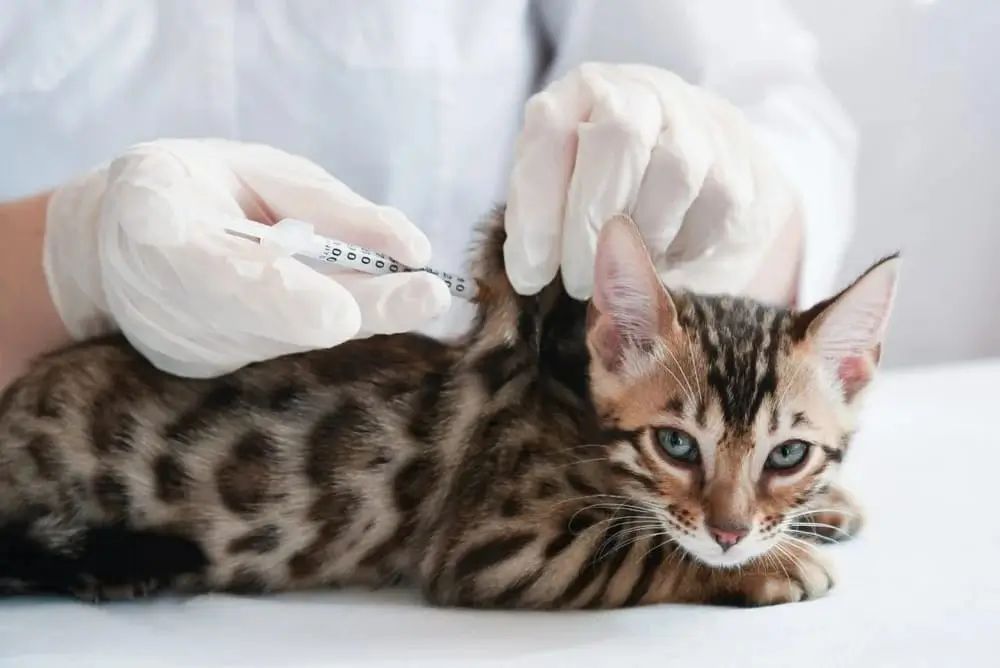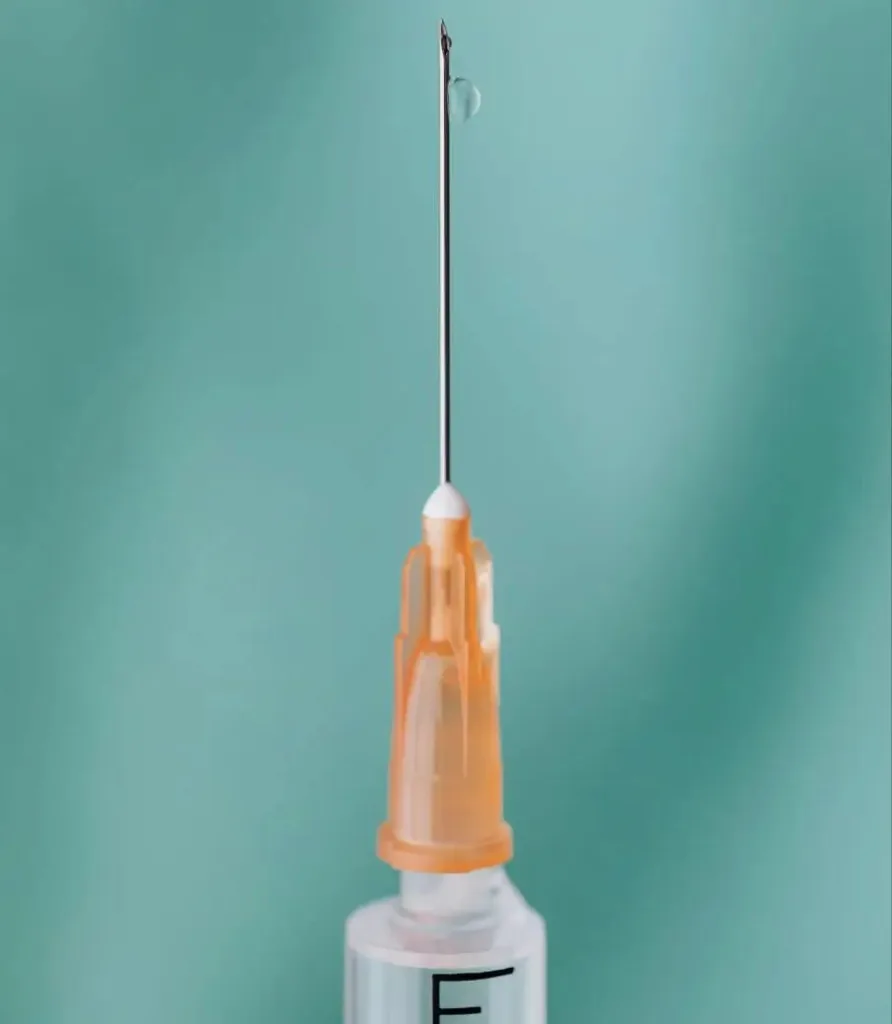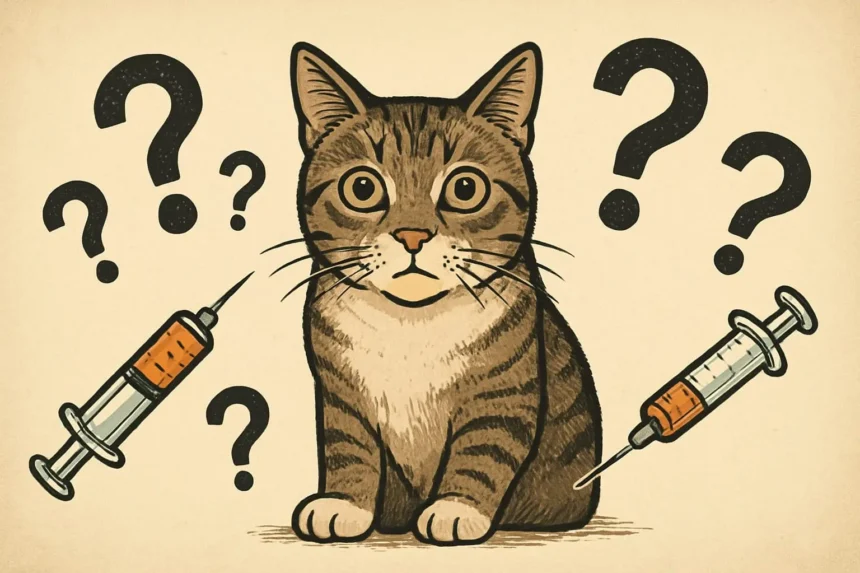As a devoted cat owner, keeping your feline friend healthy is a top priority, and vaccinations are a cornerstone of preventive care. The FVRCP vaccine for cats is a critical tool in protecting against three highly contagious and potentially deadly diseases. Often called the “feline distemper vaccine” due to its coverage of panleukopenia, this core vaccine is essential for cats of all ages and lifestyles, from indoor kitties to outdoor adventurers. In this comprehensive guide, we’ll dive into everything you need to know about the FVRCP cat vaccine, covering its components, schedule, cost, and potential side effects.
What Is the FVRCP Cat Vaccine?
The FVRCP vaccine is a 3-in-1 combination shot that protects cats against three major infectious diseases. Available in modified-live virus (MLV) or inactivated (killed) forms, it can be administered via injection or intranasally, offering flexibility for various settings, such as shelters facing outbreaks. By stimulating the immune system to produce antibodies, the FVRCP vaccine reduces the severity of infections and prevents outbreaks in multi-cat environments, making it a cornerstone of feline preventive care. Whether your cat roams outdoors or stays indoors, this vaccine is vital for their long-term health.
What Does FVRCP Stand For?
The acronym FVRCP breaks down the vaccine’s protective components:
- F: Feline Viral Rhinotracheitis (FVR), caused by feline herpesvirus type 1 (FHV-1).
- VRC: Often listed as FVR-C, encompassing Calicivirus (C).
- P: Panleukopenia (P), also known as feline parvovirus or feline distemper.
This shorthand highlights the vaccine’s role in targeting key pathogens, making it easy to understand its comprehensive coverage.
Core Vaccines to Protect Your Cat
Core vaccines, as defined by the AAFP, are recommended for all cats regardless of lifestyle due to the widespread nature of the diseases they prevent. The FVRCP vaccine, alongside rabies, is a primary core vaccine for felines. Unlike non-core vaccines (e.g., feline leukemia), which depend on exposure risk, core vaccines address highly contagious, environmentally persistent diseases that pose severe health risks. Incorporating the FVRCP into your cat’s routine wellness plan ensures robust protection against the feline respiratory disease complex and gastrointestinal threats.
Why Is the FVRCP Vaccine Considered a Core Vaccine for Cats?

The FVRCP vaccine earns its core status because the diseases it targets—feline viral rhinotracheitis, calicivirus, and panleukopenia—are ubiquitous, highly transmissible via direct contact, airborne droplets, or contaminated surfaces, and can survive in the environment for up to a year. Even indoor cats aren’t immune; a brief escape or a visitor with an infected pet can introduce risks. These viruses hit kittens, seniors, and immunocompromised cats hardest, often leading to hospitalization or euthanasia without intervention. Vaccination provides sterilizing immunity for panleukopenia and limits clinical signs for respiratory viruses, drastically cutting morbidity and mortality rates. In high-risk settings like shelters or catteries, it’s non-negotiable for outbreak control.
Conditions That the FVRCP Vaccine Protects Against
The FVRCP vaccine targets three key pathogens affecting the upper respiratory and gastrointestinal systems. While it may not prevent infection entirely for all (e.g., FHV-1 and FCV can still cause mild cases), it significantly reduces disease severity and transmission.
Feline Viral Rhinotracheitis (FHV-1)
Feline Viral Rhinotracheitis, caused by FHV-1 (feline herpesvirus type 1), accounts for 80–90% of infectious upper respiratory infections in cats. This highly contagious virus spreads through saliva, nasal/eye discharge, or shared objects like grooming tools. Symptoms appear 2–5 days post-exposure: fever, sneezing, nasal congestion, watery-to-thick discharge, conjunctivitis, and mouth/eye ulcers. Kittens and stressed cats may develop pneumonia or chronic issues like recurrent flare-ups during illness or pregnancy complications. Without vaccination, it can last 5–10 days mildly or up to 6 weeks severely, with lifelong dormancy leading to carrier states.
Feline Calicivirus (FCV)
Feline Calicivirus is another major culprit in the feline upper respiratory disease complex, with over 40 strains causing varied symptoms. Transmitted via respiratory secretions, feces, or urine, it hits kittens and seniors hardest. Early signs include sneezing, nasal/eye discharge, fever, lethargy, and enlarged lymph nodes. Severe cases bring painful oral ulcers on the tongue, palate, or nose, leading to drooling, halitosis, and appetite loss. Some strains trigger pneumonia, joint pain (limping syndrome), or hyperimmune reactions. Most resolve in 7–10 days, but unvaccinated cats risk chronic gingivitis or fatal complications.
Feline Panleukopenia (FPL)
Feline Panleukopenia, or feline distemper, is a ruthless parvovirus attacking rapidly dividing cells in the bone marrow, intestines, and lymph nodes. It spreads via feces, urine, or contaminated fomites, thriving in environments like multi-cat homes. Incubation is 2–10 days, with symptoms exploding suddenly: high fever (up to 105°F), vomiting, bloody diarrhea, dehydration, lethargy, and abdominal pain. White blood cell counts plummet, inviting secondary infections. Kittens under 6 months face 90% mortality; adults fare better but can die within 12 hours untreated. Supportive care (IV fluids, antibiotics) is key, as no antiviral exists.
When Your Cat Should Receive the FVRCP Vaccination
Kittens should start the FVRCP vaccine series at 6–8 weeks old, when maternal antibodies wane, leaving them vulnerable. In outbreak-prone areas like shelters, intranasal versions can begin at 2 weeks for rapid immunity. Adult cats with unknown vaccination history require an immediate dose plus a booster. Schedule vaccinations during routine check-ups, avoiding pregnancy for live vaccines. Consult your vet for tailored timing based on your cat’s lifestyle and health status.
How Often Should My Cat Receive the FVRCP Vaccine?
The FVRCP vaccine schedule follows AAFP guidelines for optimal immunity:
- Kittens: Initial dose at 6–8 weeks, boosters every 3–4 weeks until 16–20 weeks (typically 3–4 shots total).
- First-Year Booster: At 12–16 months post-series.
- Adults: Every 3 years thereafter, though titer testing can extend intervals for panleukopenia (potentially lifelong). In low-risk indoor cats, some vets opt for every 5–7 years based on studies showing durable T-cell memory.
Missed a dose? Restart the series—don’t double up. Track with your vet’s app or calendar for timely boosters.
FVRCP Cat Vaccine Cost
The cost of the FVRCP vaccine usually depends on the brand of vaccine your veterinarian carries and whether it’s an adjuvanted or non-adjuvanted formula. Typical cost: about $30–$60 per dose at most veterinary clinics. Non-adjuvanted vaccines—preferred for cats because they carry a slightly lower risk of injection-site reactions—are often at the higher end of that range
Risk of Reactions & Side Effects from the FVRCP Vaccine

The FVRCP vaccine is generally safe, with adverse reactions being uncommon. However, as with any medical intervention, there’s a small risk of side effects, ranging from mild and temporary to, in rare cases, severe. Understanding these helps cat owners monitor their pets post-vaccination and respond appropriately. Below, we break down the risks into key subcategories.
1. Common Mild Side Effects
Description and Prevalence
Mild side effects occur in 1–10% of vaccinated cats and are typically short-lived, resolving within 24–48 hours without intervention. These reactions are a normal immune response to the vaccine’s antigens, especially with modified-live virus (MLV) formulations, which mimic natural infection to stimulate immunity.
Symptoms
- Lethargy
- Low-grade fever (up to 103°F)
- Soreness or swelling at injection site
- Sneezing or mild respiratory symptoms (intranasal vaccines)
Management
These symptoms require no treatment beyond monitoring. Provide a quiet, comfortable space and fresh water. If symptoms persist beyond 48 hours or worsen, contact your veterinarian.
2. Rare Severe Allergic Reactions (Anaphylaxis)
Description and Prevalence
Anaphylaxis, a severe allergic reaction, is extremely rare (<0.1% of cats). It occurs within minutes to an hour post-vaccination due to an exaggerated immune response to vaccine components, such as adjuvants or preservatives in inactivated vaccines.
Symptoms
- Hives or skin redness
- Facial swelling
- Vomiting or diarrhea
- Difficulty breathing
- Shock (pale gums, weak pulse)
Management
Anaphylaxis is an emergency. If at the clinic, vets administer antihistamines, corticosteroids, or epinephrine. At home, rush your cat to an emergency vet. Vets may recommend observing your cat for 30–60 minutes post-vaccination to minimize risk.
3. Injection-Site Sarcomas (FISS)
Description and Prevalence
Feline injection-site sarcomas (FISS) are rare tumors linked to inflammation from injectable vaccines, particularly adjuvanted ones. The risk is 1 in 1,000–10,000 cats, lower for FVRCP than for rabies or feline leukemia vaccines.
Symptoms
- Persistent lump at the injection site
- Skin changes or ulceration
- Behavioral changes (lethargy, discomfort)
Management and Prevention
- Biopsy any lump persisting beyond 4 weeks.
- Early surgical removal improves outcomes.
- Use non-adjuvanted vaccines and inject in lower limbs or tail for easier tumor management.
4. Considerations for Specific Populations
- Kittens: More prone to mild side effects; avoid vaccinating before 4–6 weeks.
- Pregnant Cats: Avoid modified-live vaccines; inactivated vaccines are safer but used cautiously.
- Immunocompromised Cats: May require inactivated vaccines or titer testing.
5. Post-Vaccination Monitoring and When to Seek Help
- Observe for 24–48 Hours: Check for mild symptoms like reduced appetite or lethargy.
- Track Injection Site: Look for swelling or heat.
- Record Details: Note vaccine type and site.
When to Call Your Vet
- Mild symptoms lasting beyond 48 hours.
- Signs of anaphylaxis.
- Persistent or growing lumps after 4 weeks.
Emergency Action
Seek immediate care for anaphylaxis or suspected sarcomas. Early detection improves outcomes.
Conclusion
The FVRCP vaccine for cats is a lifeline against devastating diseases like FHV-1, FCV, and FPL that can threaten your cat’s life. By following the FVRCP vaccine schedule, budgeting for its modest cost, and monitoring for rare side effects, you’re ensuring years of healthy companionship. Even indoor cats benefit, as viruses can lurk on surfaces or enter via visitors. Partner with your veterinarian for personalized advice, titer checks if needed, and holistic care. Vaccinate early, boost on time, and keep your kitty thriving—a protected cat is a happy one.
FAQ
Q: Is the FVRCP vaccine safe for all cats?
A: Yes, for most, but consult your vet for kittens under 4 weeks, pregnant queens, or immunocompromised cats. Non-adjuvanted options reduce risks.
Q: Can indoor cats skip the FVRCP vaccine?
A: No—viruses persist on surfaces and can enter via humans or escapes. It’s a core vaccine for all cats.
Q: What if my cat misses a FVRCP booster?
A: Restart the series or get a catch-up dose; don’t delay, as protection wanes.
Q: Does pet insurance cover FVRCP vaccine costs?
A: Many plans with preventive riders cover routine vaccines—check your policy.
Q: How effective is the FVRCP against variants?
A: It covers common strains but may not block all FCV variants; boosters maintain broad immunity.
Q: Are there natural alternatives to the FVRCP vaccine?
A: No reliable alternatives exist—vaccination is the gold standard for these lethal diseases.

